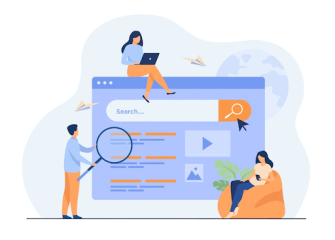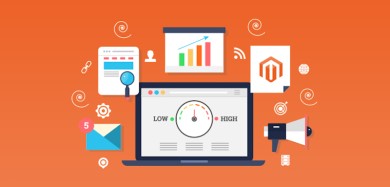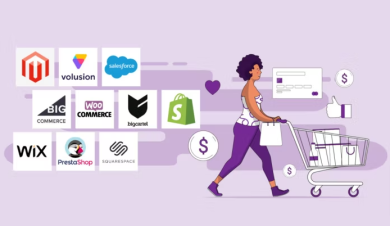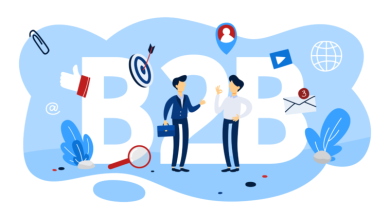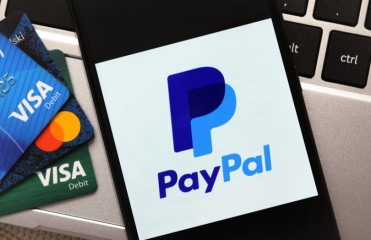Differences between B2B and B2C e-commerce platforms.
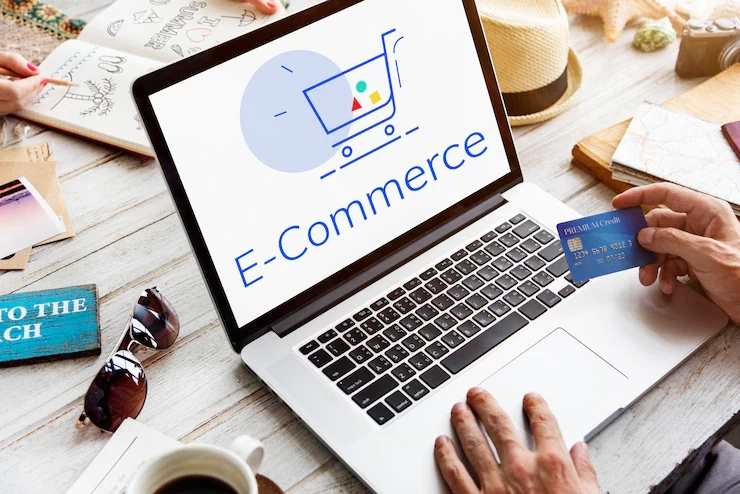
Table of Contents
Implementing an ecommerce solution has a major impact because of the differences in target audiences. Distributors and wholesalers in the business-to-business (B2B) sector are increasingly turning to online selling platforms in order to streamline their operations. It's not just about making money; it's about enhancing the company as a whole.
How B2B ecommerce and B2C ecommerce vary in terms of technology
Today, all businesses are expected to become digital. Before making the switch, it's important to grasp the differences between B2B and B2C ecommerce. These major distinctions will aid B2B enterprises in their selection of the finest ecommerce software. You may take advantage of features that will offer your firm an edge in the marketplace by utilising this method.
Retail customers act in a different manner than do B2B clients. There are several factors to take into account when purchasing items from wholesalers or distributors. Before a decision is made, a chain of command is usually followed. Thus, a B2B ecommerce platform must pay attention to product details. The following are some instances of the information provided:
Detailed product demonstrations
Guides to obtaining products
Analyses of real-world situations and data visualisations
The posts that appear on a blog
Retail customers, on the other hand, buy on impulse. High-quality photos, user reviews, and product demos are the primary sources of information for these customers.
Call-to-actions may be approached in several ways.
One of the most effective ways to promote a product is to focus on the advantages it provides to the end consumer. If you're going to use actionable information in marketing materials, such product specifics, make sure that it addresses the demands of your intended audience. A wide range of CTA material may be employed by B2B distributors and wholesalers, depending on the needs of their clients. Choosing an ecommerce platform is all about how it helps you achieve your marketing objectives.
Making a Design for the Front Page
The contrasts between B2B and B2C ecommerce may be clearly seen on the platform's main page. If you're a B2B firm, you're looking for long-term customers. It's not just about saving time and money when you use an ecommerce platform; it's also about helping your business succeed. That's why most B2B websites don't have a lot of showy features. There are a few important aspects that are included in both desktop and mobile app solutions. Product carousels, for example, emphasise key characteristics. Short demos are also common. Oftentimes, there is also an explanation of why this specific company might be a good fit.
B2C e-commerce, on the other hand, tries to increase sales. As a result, you'll notice discounts, featured products, and simple menus that redirect to product pages on the site frequently.
Supporting the needs of the client
Bulk purchases are common in B2B ecommerce operations. A business-to-business ecommerce approach, on the other hand, attempts to create a first-contact experience that exceeds expectations A B2B platform should be able to provide round-the-clock assistance, live chats, and product FAQs, just to name a few.
B2C systems, on the other hand, place a greater emphasis on self-service choices, which may or may not apply to retail customers.



